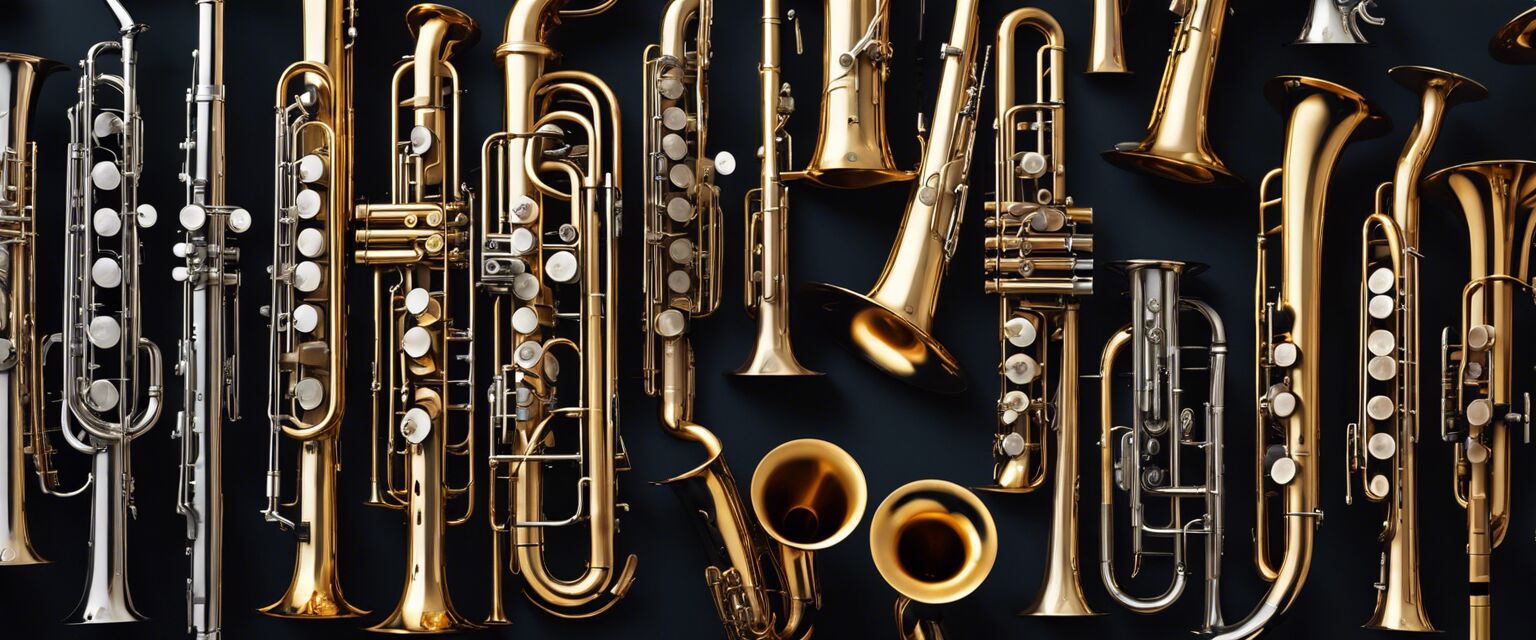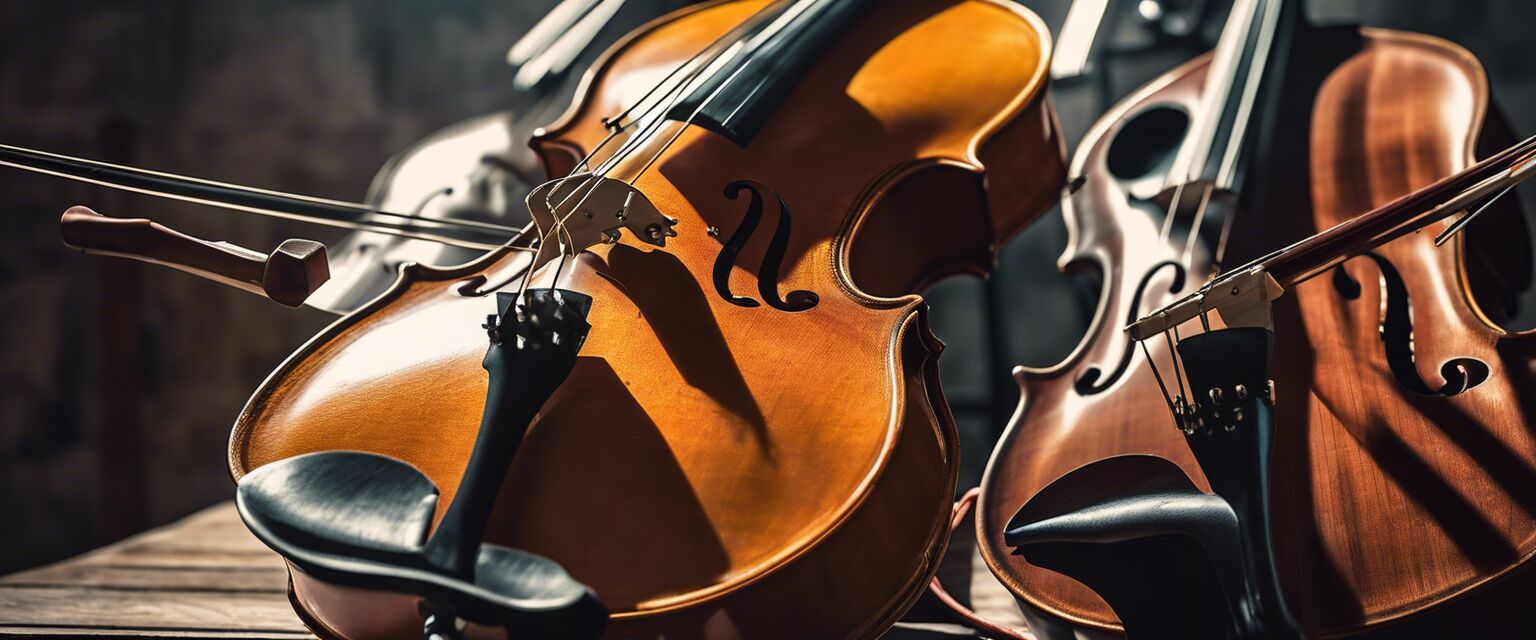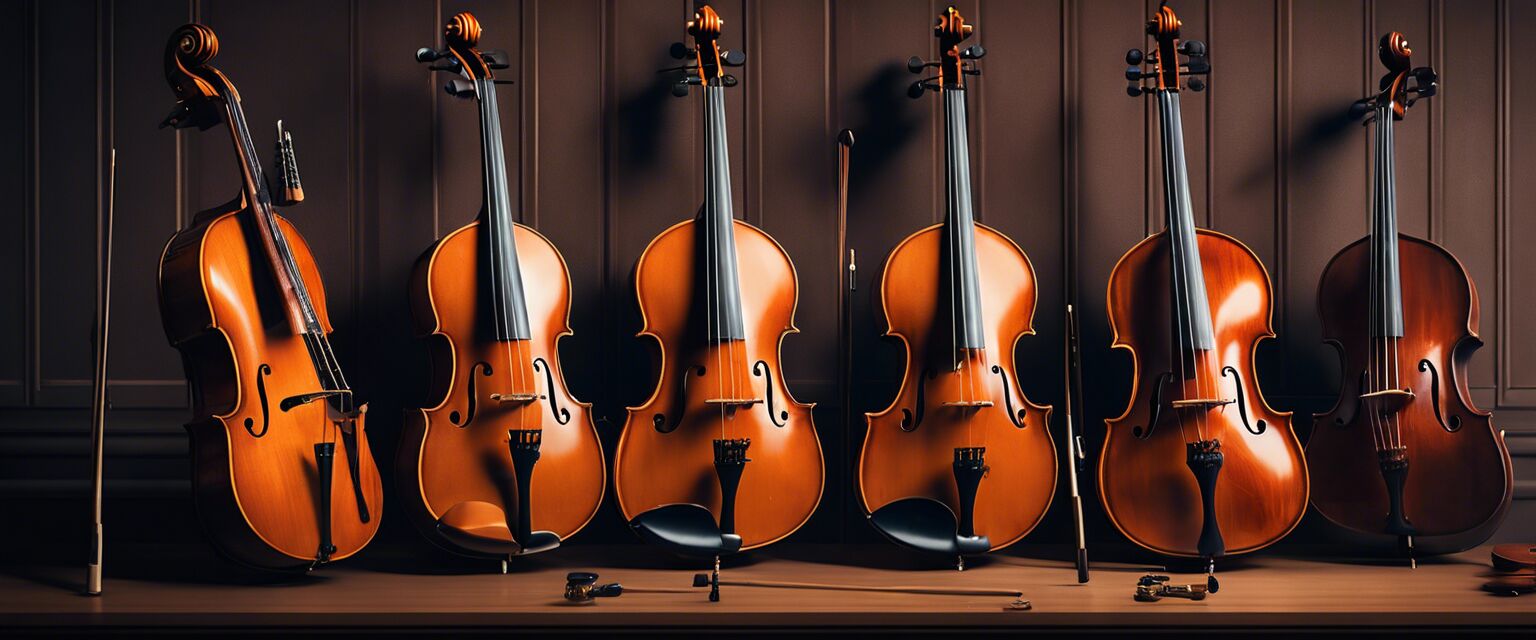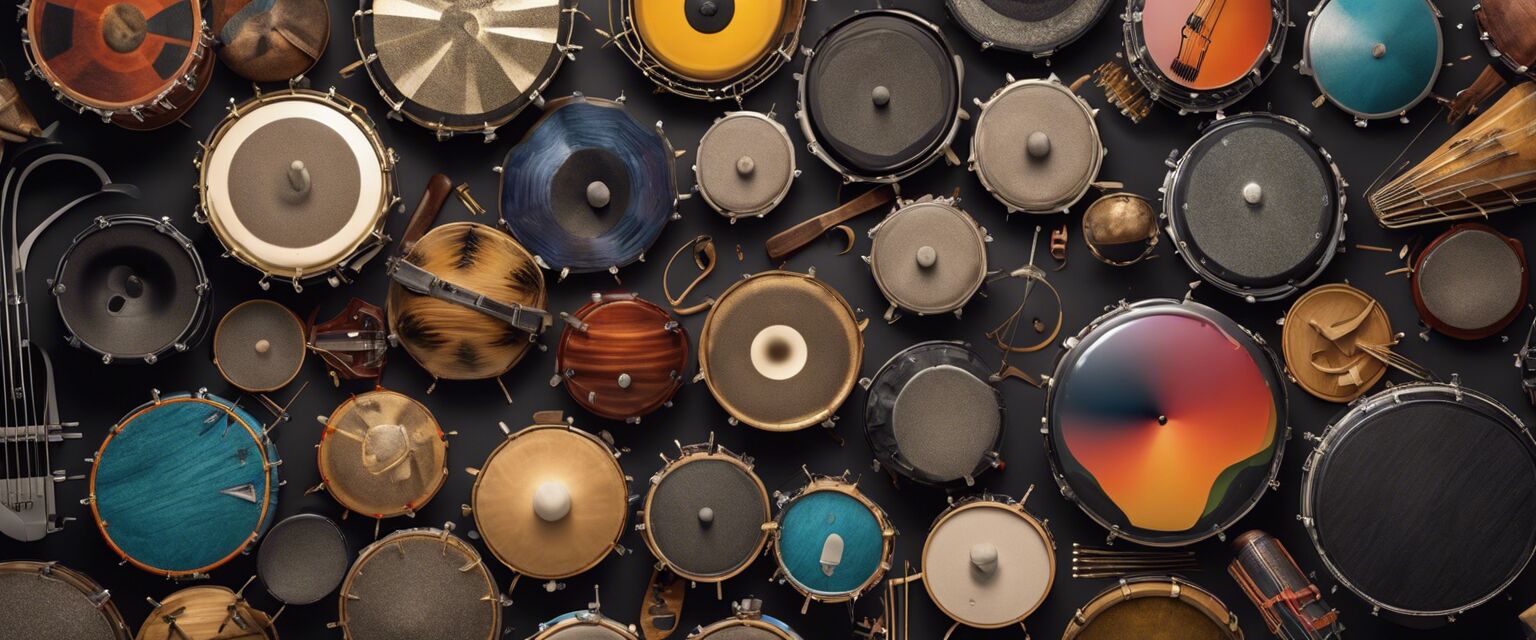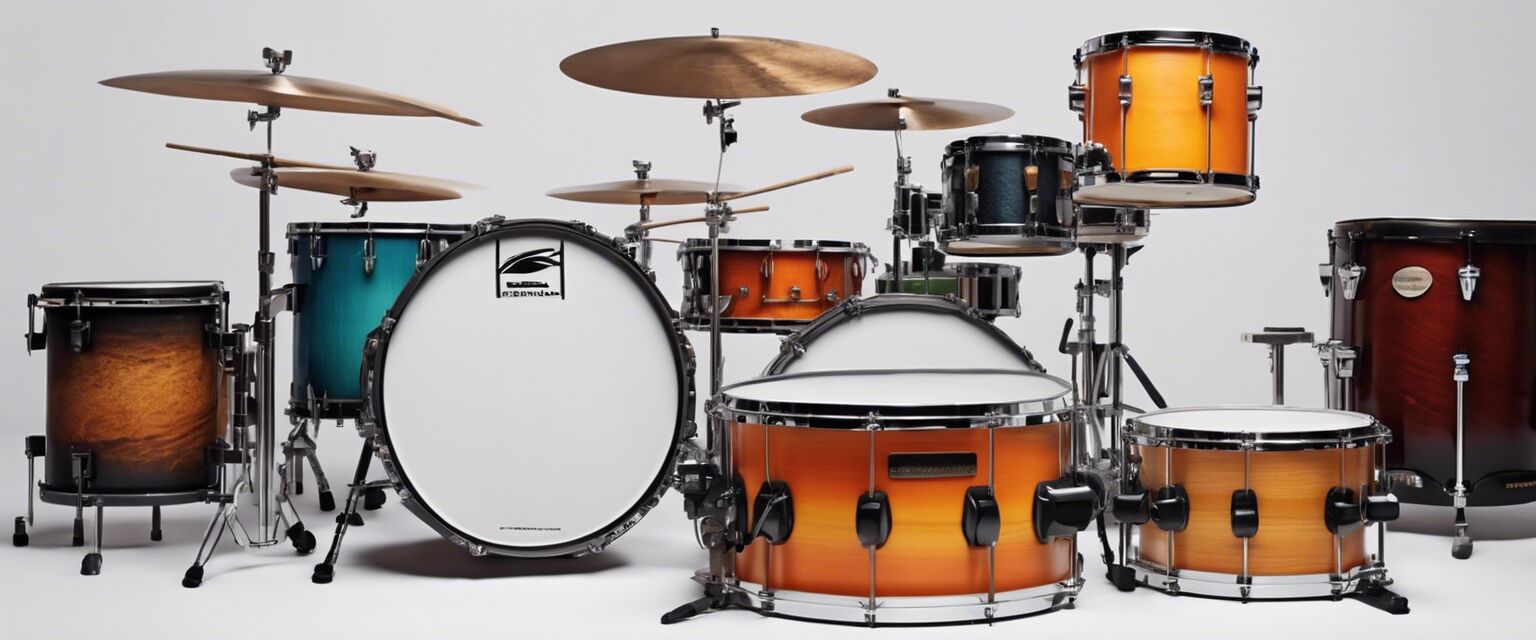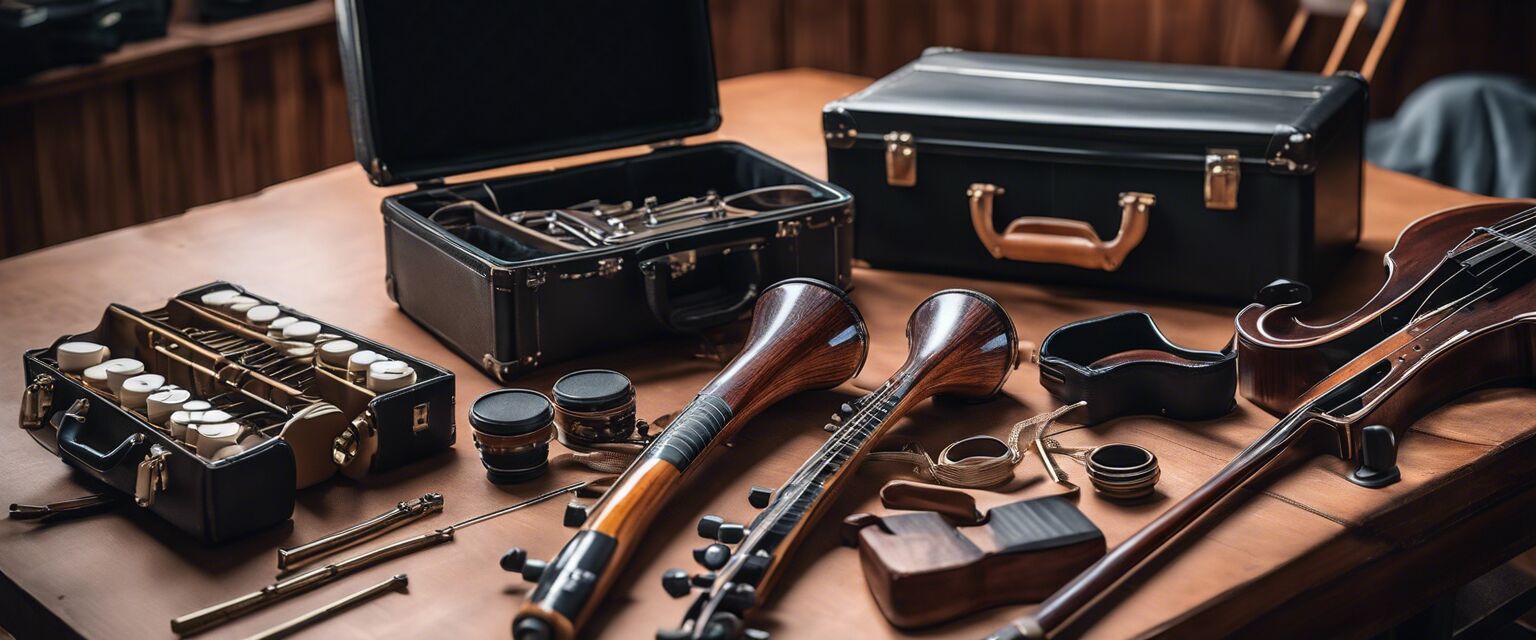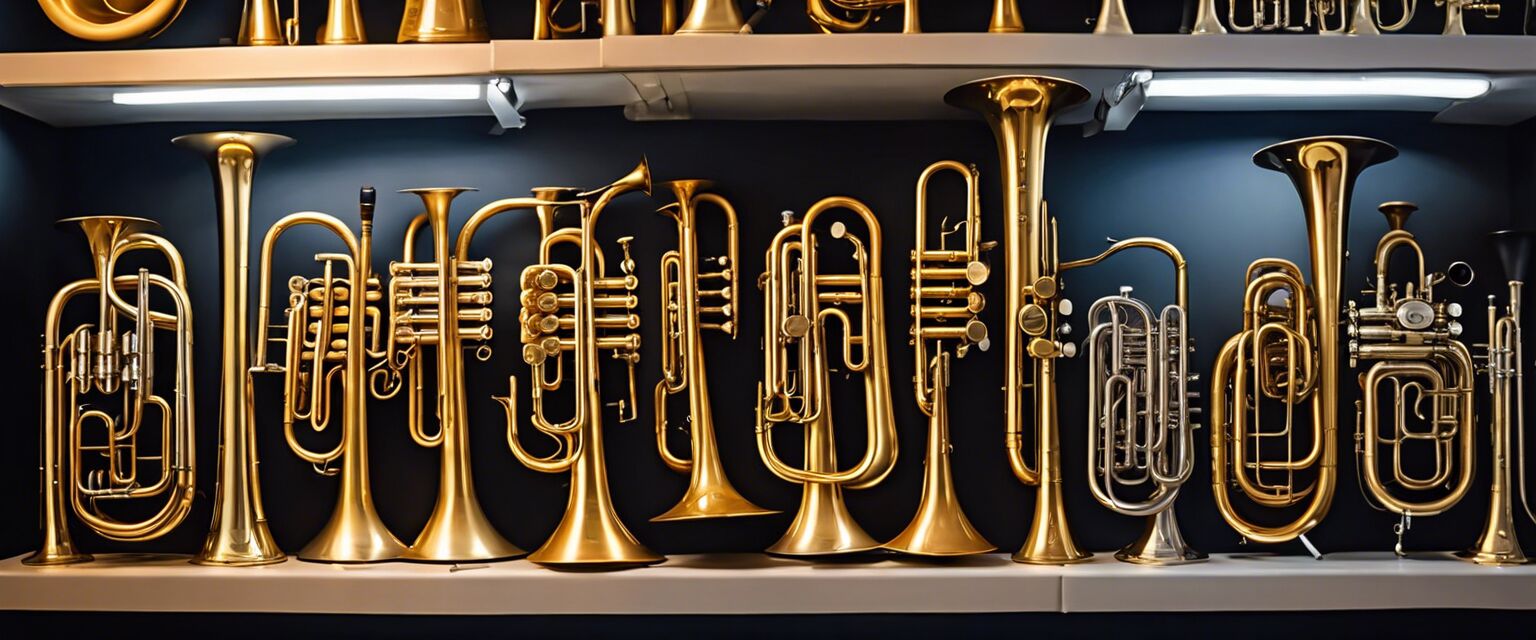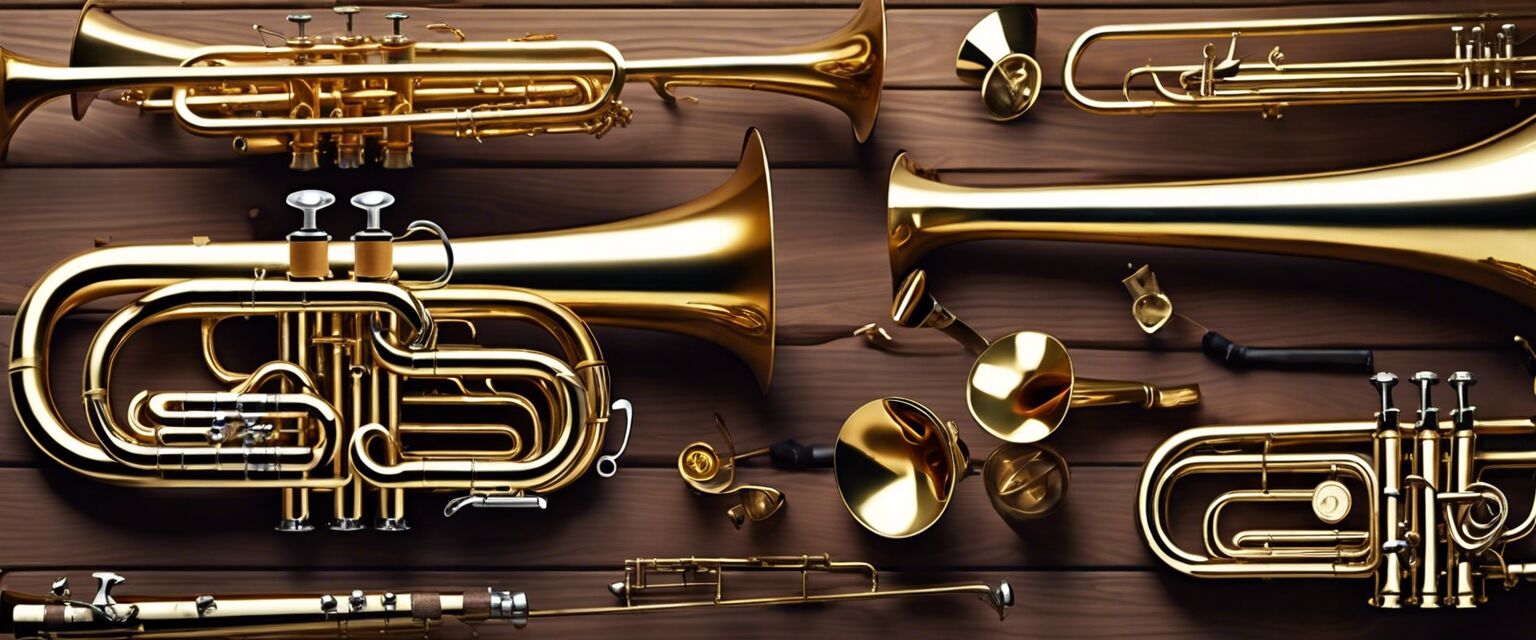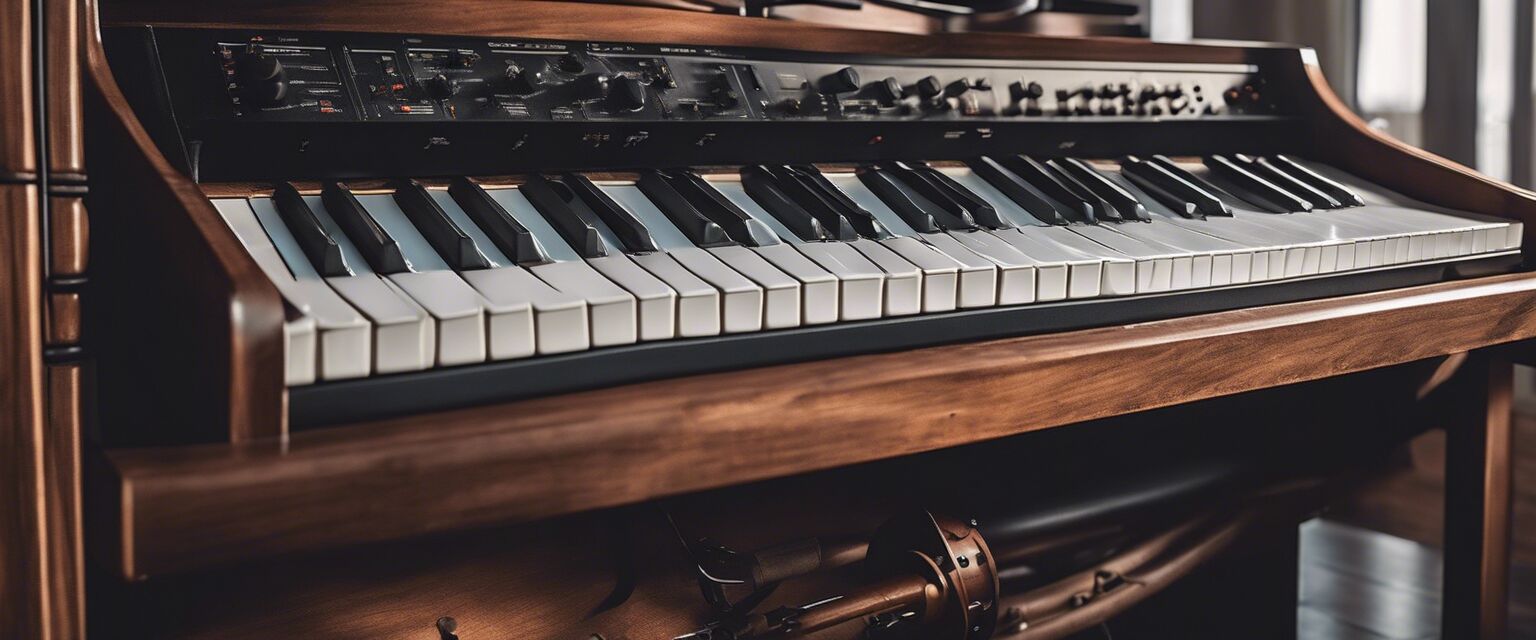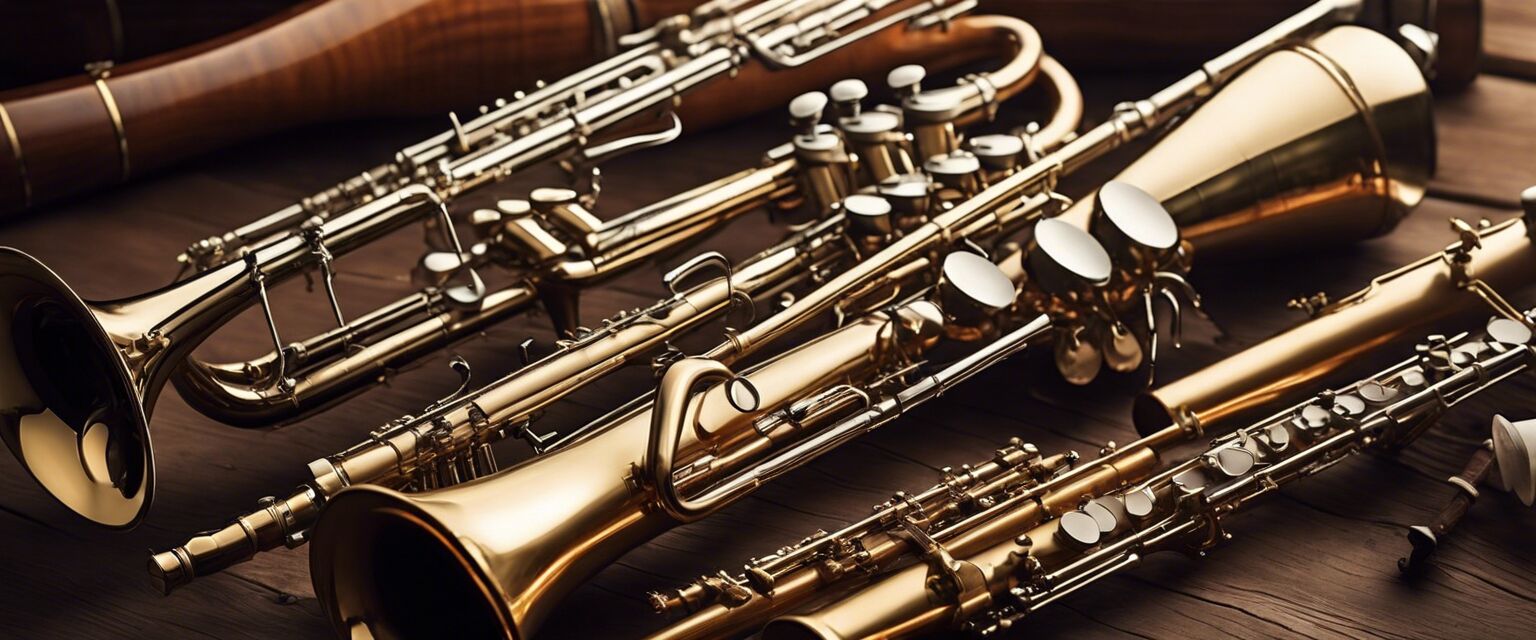
Woodwind Instruments
Key Takeaways
- Woodwind instruments are classified into two main categories: flutes and reed instruments.
- The history of woodwind instruments dates back to ancient civilizations and has evolved significantly over time.
- Learning to play woodwind instruments can enhance musical skills and provide a fulfilling creative outlet.
- Proper maintenance and care are essential for ensuring a longer lifespan of woodwind instruments.
Woodwind instruments are a fascinating family of musical instruments that have been captivating musicians and audiences alike for centuries. This article delves into the rich history of woodwind instruments, their classification, and their significance in various musical genres. Whether you are a beginner looking to explore this world or an advanced player wanting to deepen your knowledge, there is something for everyone in our exploration of woodwind instruments.
What Are Woodwind Instruments?
Woodwind instruments are characterized by the use of reeds or the player blowing air across an opening. They can broadly be categorized into two types:
- Flutes: Instruments that produce sound from the flow of air across an opening.
- Reed instruments: Instruments that produce sound using a vibrating reed. This category can be further divided into single-reed and double-reed instruments.
| Type | Examples | Sound Production Method |
|---|---|---|
| Flute | Piccolo, Concert Flute | Air blown across the mouthpiece |
| Single-Reed | Saxophone, Clarinet | Vibrating single reed |
| Double-Reed | Oboe, Bassoon | Vibrating double reeds |
Historical Overview of Woodwind Instruments
Woodwind instruments have a long and diverse history that stretches back thousands of years. Here are some significant milestones:
- Ancient Origins: Some of the earliest woodwind instruments, such as flutes and reed instruments, date back to ancient Egypt, Greece, and China.
- Middle Ages: The Medieval period saw the rise of more complex woodwind instruments, including the shawm and dulzayn.
- Renaissance: The Renaissance brought forth instruments like the recorder and the transverse flute, enhancing musical performance.
- Classical Era: The woodwind family expanded greatly with the development of the clarinet and the bass clarinet.
- Modern Era: Today, woodwinds are integral to orchestras, bands, and solo performances worldwide.
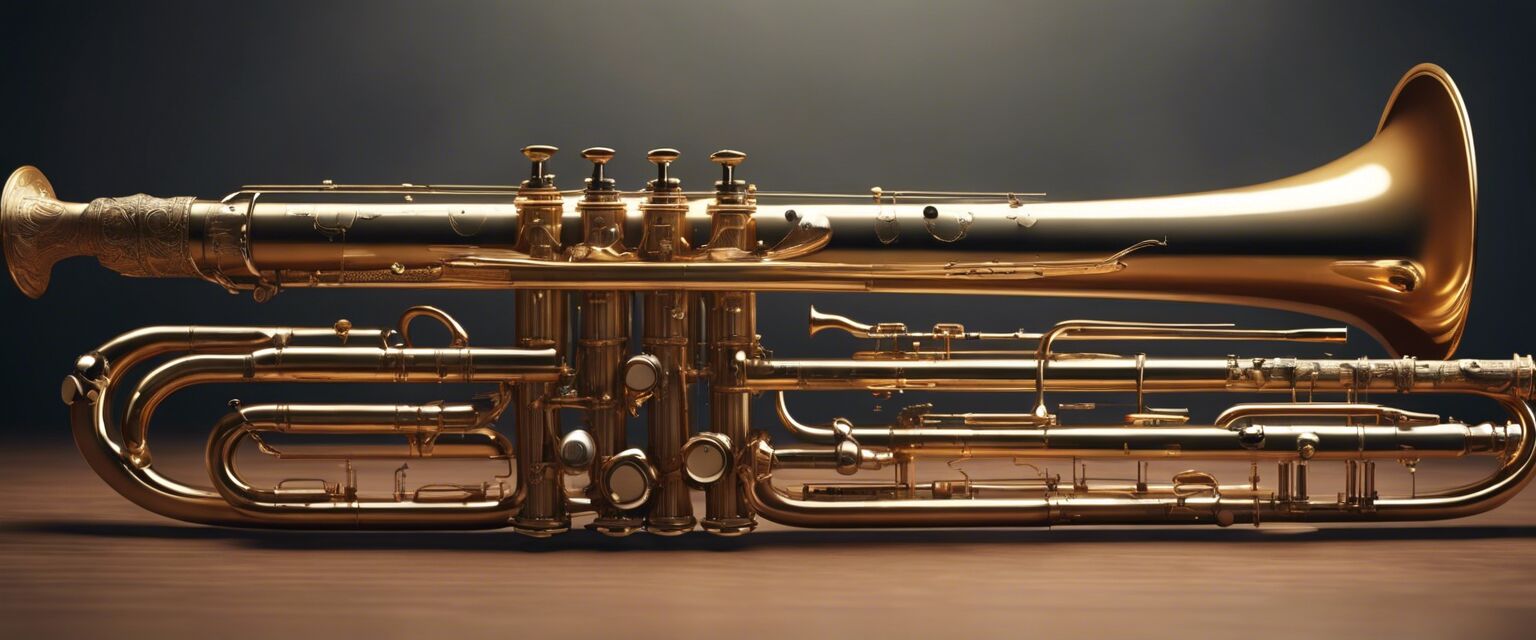
Popular Woodwind Instruments and Their Features
Below is a table highlighting some popular woodwind instruments and their unique characteristics.
| Instrument | Category | Range | Notable Features |
|---|---|---|---|
| Flute | Flute | Three octaves | Lightweight, agile, plays brightly |
| Clarinet | Single-Reed | Three octaves | Wide range, warm tone |
| Oboe | Double-Reed | Two and a half octaves | Distinctive sound, expressive |
| Bassoon | Double-Reed | Two and a half octaves | Rich, deep timbre |
| Saxophone | Single-Reed | Three octaves | Versatile, used in jazz and classical |
Learning to Play Woodwind Instruments
Embarking on the journey of learning a woodwind instrument can be both exciting and challenging. Here are some tips to help you get started:
Tips for Beginners
- Choose the right instrument for your musical interests.
- Take lessons from a qualified instructor for proper technique.
- Practice regularly to build muscle memory.
- Maintain your instrument well to avoid issues while playing.
- Join a band or music group for a collaborative experience.
Maintenance and Care for Woodwind Instruments
Proper maintenance is crucial for prolonging the life of your woodwind instruments. Here are some essential care tips:
- Cleansing: Regularly clean your instrument using soft cloths and a cleaning rod to remove moisture.
- Reeds: Replace reeds frequently, especially for single-reeded instruments.
- Storage: Store your instrument in a protective case when not in use.
- Professional Servicing: Get your instrument serviced by a professional periodically.
The Role of Woodwind Instruments in Music Genres
Woodwind instruments are versatile and feature prominently in various music genres, including:
- Classical Music: Woodwinds contribute to the rich textures in orchestras.
- Jazz: Instruments like the saxophone take center stage in both small and big band settings.
- Folk Music: Many cultures use woodwinds to convey traditional sounds and stories.
- Pop Music: Woodwinds often embellish melodies and add depth to arrangements.
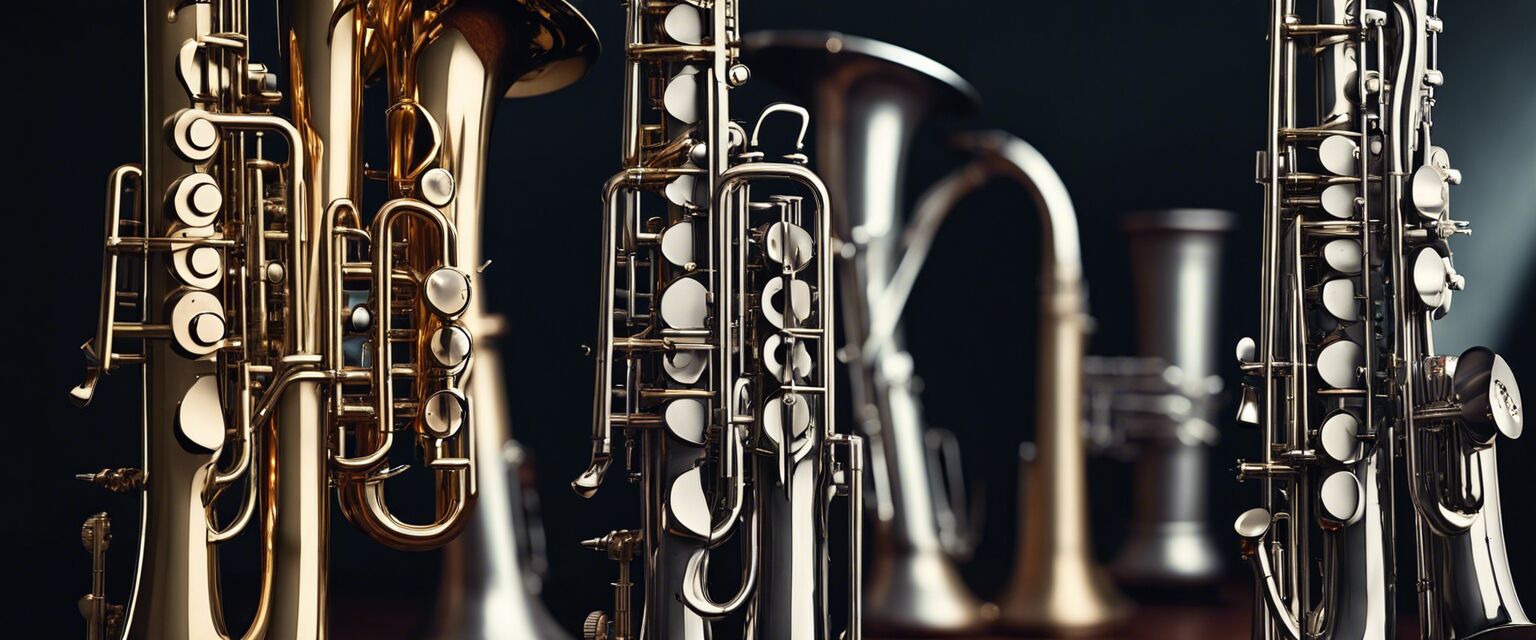
Conclusion
Woodwind instruments have a rich history and continue to play a vital role in music today. With proper care, practice, and understanding of their unique features, you can embark on an enjoyable journey with these beautiful instruments. For more information on specific types of woodwind instruments, check out our Woodwind Instruments page.
Explore other categories on our site: Brass Instruments, Keyboard Instruments, Percussion Instruments, String Instruments, and Instrument Accessories.
Pros
- Many musical genres utilize woodwind instruments.
- Wide range of sounds and capabilities.
- Enhances collaboration and teamwork in groups.
- Great for developing breathing and coordination skills.
Cons
- May require regular maintenance and care.
- Initial learning curve can be steep for some.
- Instruments can be pricey.
